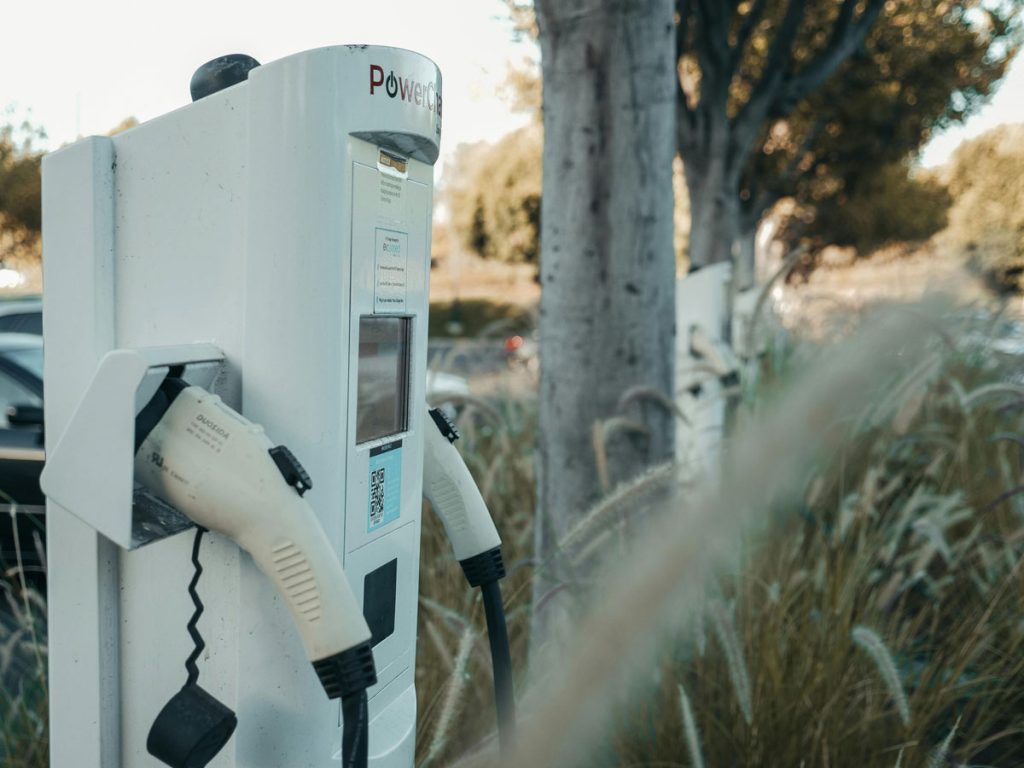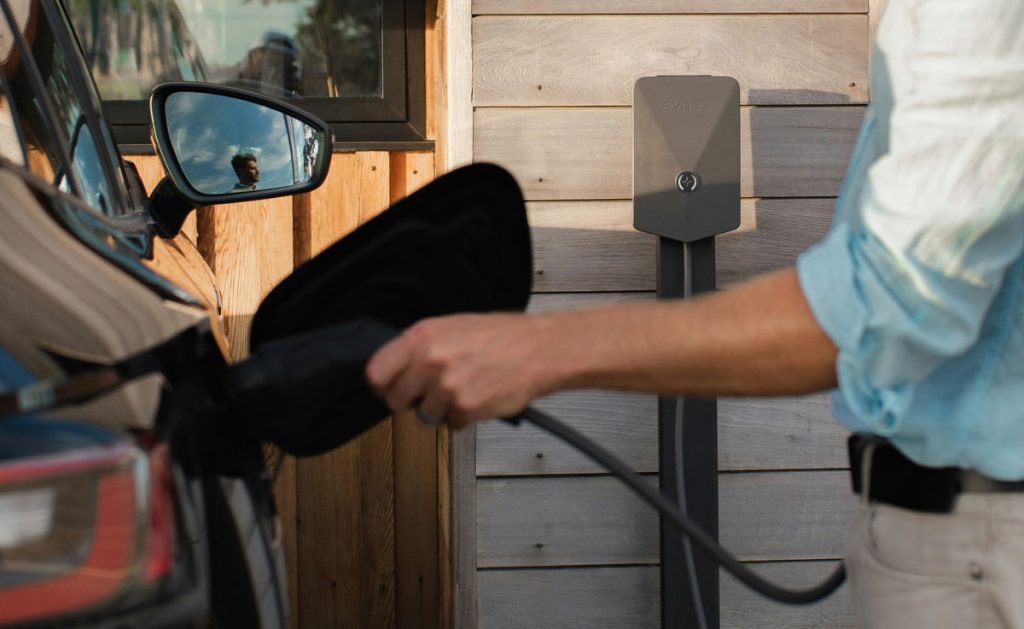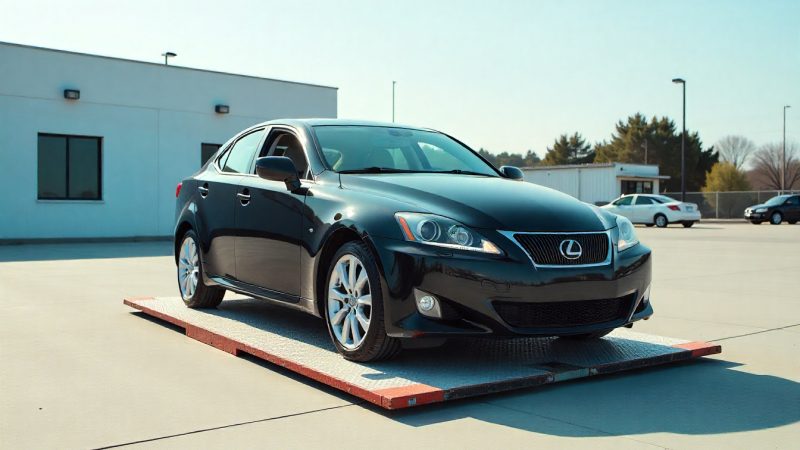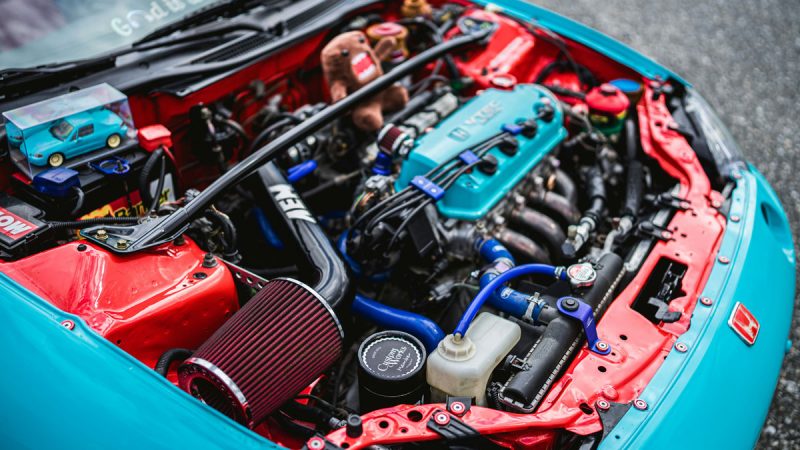EV in a Rural Area: Everything You Need to Know

EVs have become quite popular in the past several years. The industry has reached a point where potential buyers have multiple manufacturers to choose from, most of which offer multiple models. With growing options and infrastructure, EVs aren’t a struggle for most people to own, so it’s only natural for their popularity to grow. The emphasis is on “most people,” as there are situations where an EV may not be the best choice.
Living in rural areas is great if you’re into a calm life, but owning an electric vehicle may not be the most practical approach. If you’re considering something like this but don’t know if it’s for you, today’s guide will help.
Since we all know the advantages of EVs, like saving money on maintenance or fuel and reducing your carbon footprint, I’ll skip those and talk about the things to consider.
What to Consider When Thinking About Getting an EV While Living in a Rural Area
Limited Infrastructure for Charging an EV
Living in a big city with an electric vehicle is hardly any inconvenience. Even if you’re not living in a house, you’re likely going to charge it in your building’s garage or have access to a fast charger nearby. Living in a rural area means you don’t have access to this convenience, which is the first thing to consider.

Batteries have come a long way, and the average range of an EV these days is closer to 300 miles. Unless you’re working out of state and have to drive hundreds of miles, you won’t have any problems with it.
Planned trips are rarely a problem, as long as you’re okay with longer pitstops, but emergency ones can be a slight inconvenience. Living in a rural area means that you have limited access to chargers, especially the fast ones.
Grid Reliability
Another drawback of rural areas is the grid reliability. While local authorities are upgrading the infrastructure to meet current demands, there are areas where that hasn’t happened yet. As a result, people experience instability combined with the occasional power outage. Yes, I know the most common occurrence, but as a person living in a rural area, you’ll need to consider every aspect.
Having a charger at home is an absolute must, but if your area experiences these kinds of difficulties, you’ll have a problem keeping your EV at full charge. You could drive to a public charger and hope it’s not affected, but you’ll need to charge your batteries enough to get there. The struggle can be real, especially if you’re in the middle of nowhere.
Home EV Charger
Having a charger at home is an absolute must for any EV owner living in a house, especially when you’re in a rural area. It means you’ll need to invest in a home charger, which is an additional expense. The amount you’ll pay depends on how much you can afford and your needs.

A Level 2 charger will cost you $1,000 or less, but you’ll be relying on a relatively slow charger. On the other hand, a Level 3 charger easily goes in the triple-digit range, so it’s not exactly a cheap investment.
EV Performance in Cold Weather
It’s no secret that lower temperatures can affect an EV’s range, which may not be a problem in densely populated areas, but it can be in rural ones. Let’s say you’re living in a rural area in North Dakota and want to get an EV. You’re looking at the 300-mile average and think you’re fine, but in reality, you’ll get less. Research shows that a temperature drop from 64 to 39 degrees Fahrenheit will result in a 25% reduced range. To put that into perspective, your range will be closer to the 200-mile mark.
Should You Get an EV if You’re Living in a Rural Area?
So, with all the considerations, it’s time to answer the question: Does an EV in a rural area make sense? I’m happy to report that the answer is “it depends.” Each owner’s requirements vary, meaning it’s not a yes-or-no answer, so let me dissect that for you.
Before you start researching potential EVs, you’ll need to assess your situation. Is the power stable in your area? Do you have public chargers close by? Is this your only vehicle? Having access to all of these, including a car with an internal combustion engine, makes things easier. Even if it’s not the most fuel-efficient model, you still have a lot more gas stations than chargers, meaning there’s an alternative.
Your driving patterns will play a massive role, especially if you plan on relying on a single vehicle, in this case, an EV. Longer commutes mean that you’ll need to plan ahead about charging to ensure you’re not left stranded on the side of the road. Your friend won’t be able to bring you a can of gas, so you’ll need to call one of those services that offer emergency charging.

Another important thing to consider, especially when it comes to range, is how much cargo you’re hauling. For example, if you’re going for something like the Chevy Silverado EV or the Ford F-150 Lighting, you’ll need the bed to carry things. These add weight, which additionally reduces the range you get. Combining this with a longer commute means you’ll need to be extra careful about your planning.
Finally, let’s talk about the price. Let’s go back to the Ford example real quick. The F-150 Lighting starts at over $60,000, and in addition to that, you’ll need a home charger. Since the Level 2 charger is much more affordable, you’ll probably aim for that, but it may not be the most ideal option.
Using a level 2 charger means your F-150 will take 12 or more hours to charge, depending on the size of the battery. In comparison, a Level 3 charger can get you from 15% to 80% in 36 minutes, which is a massive difference. That massive difference means you’ll need to pay a lot more. The result is pushing it closer to $80,000 just for the basic F-150 Lighting. The point of this is that you’ll also need to consider the price, as a fast home charger can cost a third of the vehicle.
Conclusion
Is it worth it? Maybe. There are situations where an EV in a rural area makes sense, and people will be happy with it. On the other hand, some won’t find them all that practical, regardless of how much they want to save the planet. At the end of the day, make sure you look at all aspects before you buy any EV, and don’t call me a hater for pointing out the obvious things about these vehicles.


